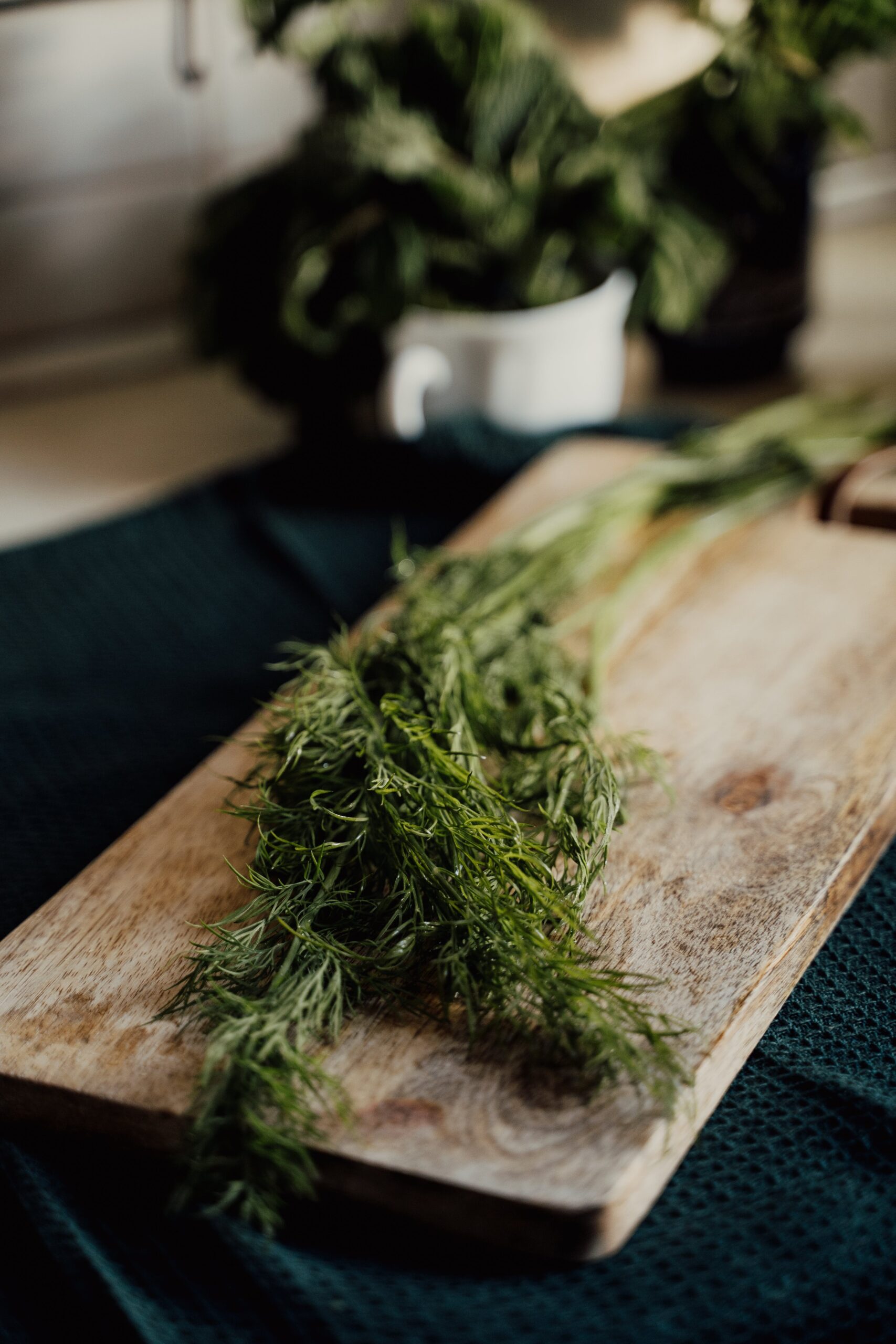
Dill, with its unique flavour and aroma, is a beloved herb in many kitchens. But what happens when you’re mid-recipe and realize you’re out of dill? Don’t worry! There are several substitutes that can save your dish without compromising the taste. Here, we’ll explore the top 10 dill substitutes for both fresh and dried forms, perfect for various dishes from salads to main courses.
All About Dill
Let’s explore a little more about dill, how it’s used and some of it’s health benefits so we can learn more why it’s so widely used in so many recipes. Dill offers several health benefits due to its nutritional profile.
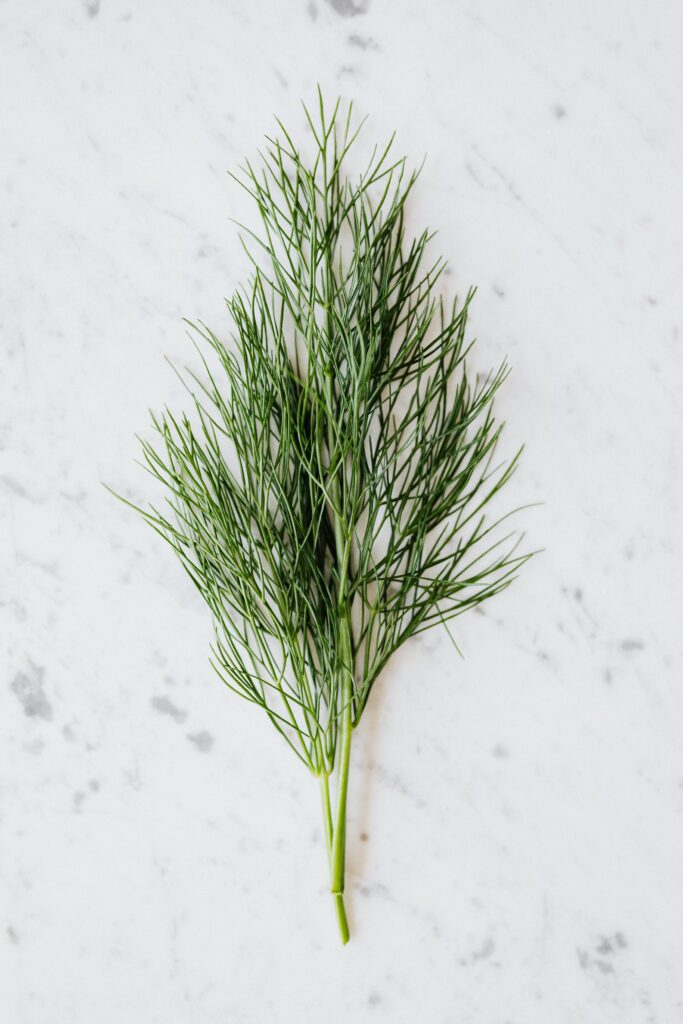
What is Dill
Dill is an aromatic herb known for its feathery green leaves and distinctive flavor. It’s used in various cuisines for seasoning, garnishing, and flavoring dishes. Dill is often associated with its two main parts: the green leaves (known as dill weed) and the flat, oval seeds (dill seeds). It has a slightly sweet, grassy, and slightly anise-like taste.
How is Dill Used?
Dill is used in various culinary applications for its unique flavor and aroma. It is commonly used fresh as a herb in salads, sauces, and as a garnish for soups and fish dishes, imparting a slightly sweet and grassy taste.
Dill seeds, which have a more robust and slightly bitter flavor, are used as a spice in bread, pickles, and salad dressings. Dill is also a key ingredient in many traditional dishes, such as Scandinavian gravlax (cured salmon) and Eastern European dill-based soups.
Additionally, it’s often used in the pickling process to flavor vegetables like cucumbers. Its versatility makes it a popular herb in diverse cuisines worldwide.
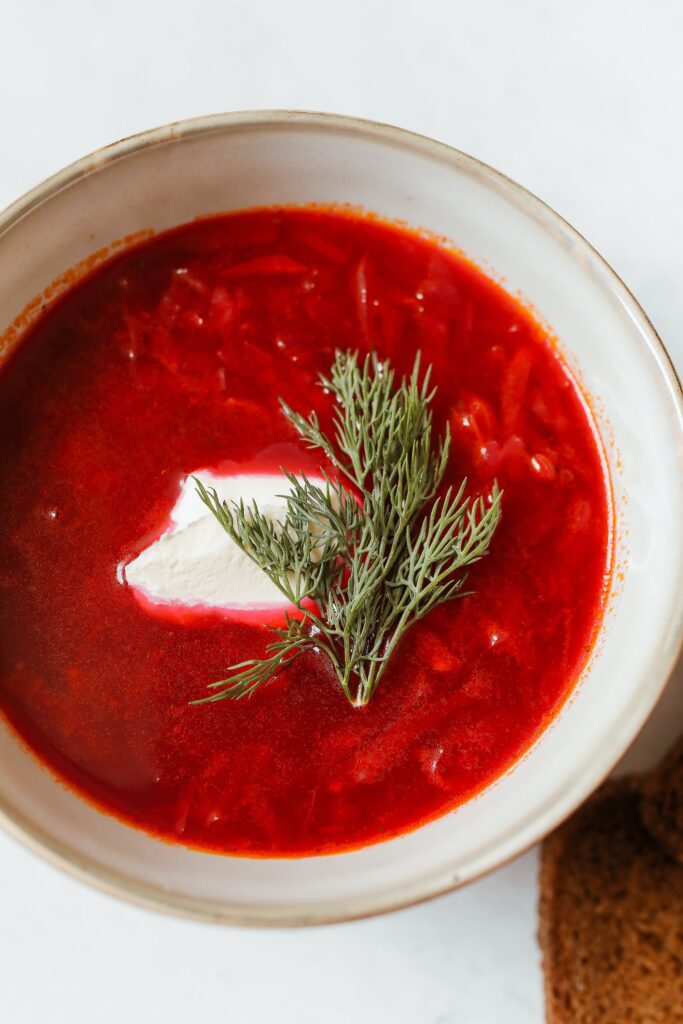
Health Benefits of Dill
Dill offers several health benefits due to its nutritional profile. It is rich in vitamins A and C, which are important for immune function, vision, and skin health. Dill also contains antioxidants that help protect cells from oxidative stress.
Additionally, it has antimicrobial properties, contributing to improved gut health. The herb is known for its calming effects, which can aid in digestion and may help reduce inflammation and menstrual cramps. Furthermore, dill is low in calories and can be a flavorful addition to a healthy diet without adding extra calories.
Fresh Dill vs Dried Dill or Dill Seeds: What’s the Difference?
Fresh dill and dried dill (or dill seeds) offer different flavors and are used in various ways in cooking.
Fresh Dill
Fresh dill, with its delicate, feathery leaves, has a light, grassy, and slightly sweet flavor, ideal for adding a fresh touch to salads, sauces, and seafood dishes. It’s usually added towards the end of cooking to preserve its flavor.
Dried Dill
Dried dill, on the other hand, has a more concentrated and slightly bitter taste, making it suitable for dishes that cook longer, like stews and bread.
Dill Seeds
Dill seeds, distinct from both fresh and dried dill weed, have a stronger, slightly bitter flavor, commonly used in pickling, spice mixes, and to season vegetables.
The choice between fresh and dried dill or seeds depends on the desired intensity of flavor and the type of dish being prepared.
Can you Substitute Fresh Dill for Dried Dill
Yes, you can substitute fresh dill for dried dill, but it’s important to note the difference in potency. Fresh dill is less concentrated than dried dill. The general rule of thumb for substitution is to use three times the amount of fresh dill when replacing dried dill. For example, if a recipe calls for 1 teaspoon of dried dill, you can substitute it with 1 tablespoon (which is equivalent to 3 teaspoons) of fresh dill. This adjustment helps to achieve a similar flavor intensity in your dish.
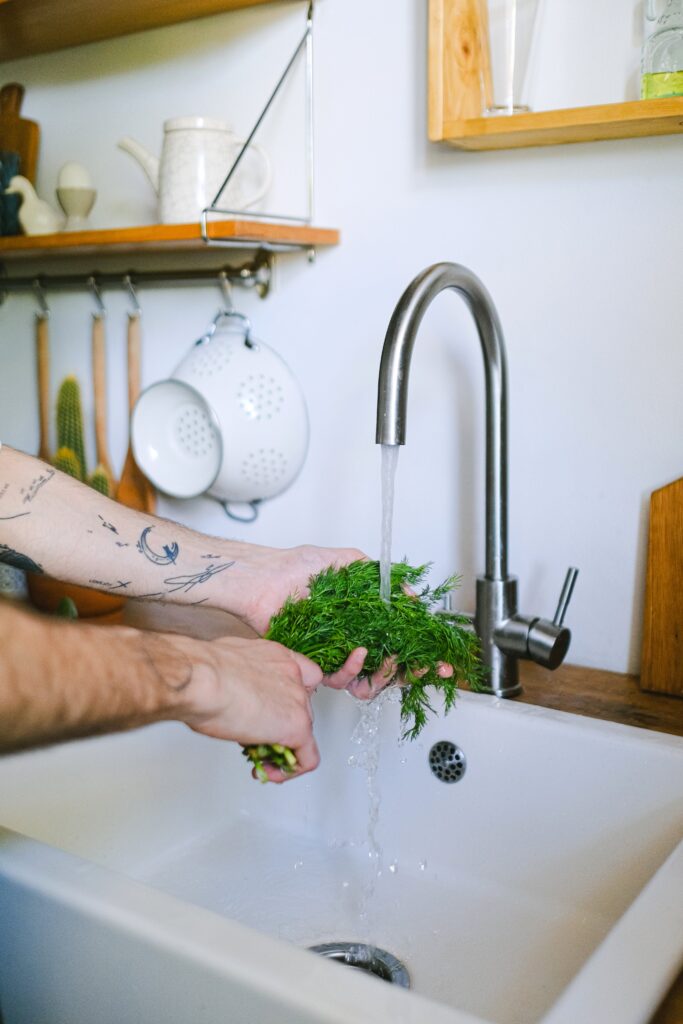
Best Substitutes for Dill
Alright, let’s get into it. Here are the top 10 tried and tested substitutes for dill:
1. Tarragon
A tablespoon of fresh dill can be replaced by tarragon in recipes like salad dressings. Tarragon’s slightly sweet taste with a hint of anise flavour makes it a great substitute. Use it in the same quantity as dill for a similar flavour profile.
2. Fennel Fronds
Fennel fronds are an excellent alternative to fresh dill weed, especially in dishes like potato salad. They have a mild anise flavor which is a bit sweeter than dill but works wonderfully in most recipes.
3. Dried Tarragon
When a recipe calls for a teaspoon of dried dill, dried tarragon can be an easy and flavorful substitute. Its strong flavour mimics dill’s essence in dishes that require a robust herb presence.
4. Celery Seeds
For a teaspoon of dried dill seed, try using celery seeds. They have a similar earthy and slightly bitter flavour, making them an excellent substitute, particularly in savoury dishes.
5. Caraway Seeds
Caraway seeds can replace dill seeds due to their similar flavour profiles. They add a warm, slightly peppery taste to dishes and are commonly used in Middle Eastern recipes.
6. Bay Leaves
Bay leaves, with their strong flavour, can be a good substitute for dill in recipes where the herb is not a primary ingredient. Use sparingly, as their flavour is more potent than dill.
7. Anise Seeds
For recipes that call for a distinct flavor, anise seeds can be a great substitute for dill seeds. Their sweet, licorice-like flavour brings a unique twist to dishes.
8. Parsley
Fresh parsley is a great substitute for fresh dill weed, especially when you’re looking for a herb that doesn’t overpower other flavours in your dish.
9. Chervil
Chervil, with its mild flavour, can replace fresh dill in many recipes. It’s particularly good in lighter dishes where you want a hint of herbaceous flavour without the strong taste of dill.
10. Dill Pollen
Though not as common, dill pollen is a fantastic substitute for fresh dill, offering a concentrated dill flavour that’s perfect for garnishing and finishing dishes.
What to Keep in Mind When Substituting Dill
When substituting, keep in mind the intensity of flavours. For example, a tablespoon of fresh dill might need only a teaspoon of dried herbs due to their concentrated flavour. Also, consider the main flavour profiles of your dish to ensure your substitute complements the other ingredients.
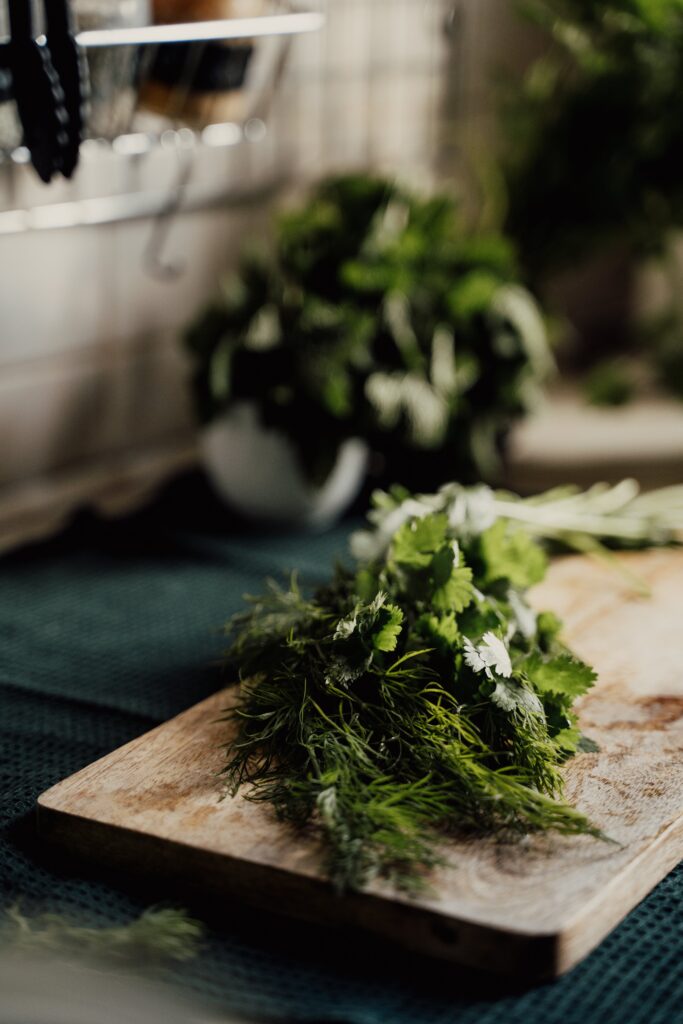
A Few Great Recipes Including Dill
Here are 5 popular recipes that use dill:
- Tzatziki Sauce: This Greek yogurt-based sauce combines grated cucumber, garlic, olive oil, and fresh dill. It’s a cool, creamy condiment often served with grilled meats, in gyros, or as a dip.
- Dill Pickles: A classic preserving recipe where cucumbers are pickled in a brine of vinegar, water, and spices, including dill seeds and sometimes fresh dill. These pickles are crunchy, tangy, and flavorful.
- Salmon with Creamy Dill Sauce: A popular dish featuring baked or grilled salmon topped with a sauce made from cream, lemon, and fresh dill, highlighting the herb’s affinity for fish.
- Potato Salad with Dill: A refreshing take on traditional potato salad, this version includes chopped fresh dill, which adds a bright, herby flavour to the creamy dressing.
- Dill Chicken Soup: A comforting soup where dill is used to season the broth, often combined with vegetables like carrots and celery and chicken. The dill adds a unique and fresh dimension to the soup.
Other Helpful Substitution Guides
- Substitutes for Red Pepper Flakes
- Substitutes for Amaretto
- Substitutes for Anchovys
- Substitutes for Cannellini Beans
- Substitutes for Shallots
- Substitutes for Black Beans
- Substitutes for Poblano Peppers
- Substitutes for Chia Seeds
Frequently Asked Questions: Dill Weed Recipe and Substitution
Best Dill Substitute for Tzatziki
The best substitute for dill in tzatziki is fresh mint. Mint offers a similar refreshing and aromatic quality, complementing the yogurt and cucumber used in tzatziki. Its bright and slightly sweet flavor pairs well with the tangy yogurt, making it a suitable alternative while maintaining the traditional essence of the dish. Use mint in a similar quantity to dill for a delightful twist on the classic tzatziki recipe.
Is There a Good Dill Substitute for Pickles
A good substitute for dill in pickles is celery seed. Celery seed offers a similar earthy and slightly bitter flavor profile, which complements the tanginess of pickled vegetables. While it lacks the exact flavor of dill, celery seed can provide a comparable aromatic quality to your pickles. Another option is to use mustard seeds, which add a pungent, slightly spicy flavor, creating a different but equally delicious pickling experience.
What is Dill Pollen
Dill pollen is the collected and dried pollen of the dill plant. It’s a gourmet spice known for its intense and concentrated dill flavor, which is more potent and aromatic than either the dill weed (leaves) or seeds. Dill pollen has a fresh, citrus-like taste and adds a burst of flavor to dishes. It is often used as a finishing spice on seafood, meats, dressings, and bread, providing a unique and sophisticated twist to culinary creations. Due to its strong flavor, it’s used sparingly in cooking.
Whats a Good Substitute for Dill in Tartar Sauce
A good substitute for dill in tartar sauce is fresh parsley. Parsley has a mild, slightly peppery flavor that blends well with the other ingredients in tartar sauce without overpowering them. It provides a similar fresh, green element to the sauce. You can use it in the same amount as dill. Another option is chives, which offer a subtle onion-like flavor that complements the creamy and tangy profile of tartar sauce.
Can I Use Pickle Juice Instead of Dill
Yes, you can use pickle juice as a substitute for dill in certain recipes, particularly those where a tangy, vinegary element is desired. Pickle juice, infused with dill and other spices during the pickling process, can impart a similar dill flavor along with a distinct acidic kick. It works well in salad dressings, marinades, and sauces where you might want both the tanginess and a hint of dill flavor. However, be mindful of the saltiness and adjust other seasoning ingredients accordingly. Pickle juice won’t replicate the texture or appearance of fresh or dried dill, so it’s best used in recipes where these aspects are not crucial.
Final Thoughts
Experimenting with these substitutes can open up a world of flavors and make your recipes adaptable and stress-free. Happy cooking!

Christopher is a food and lifestyle expert, recipe developer and the content creator behind May Eighty Five. With years of experience in the kitchen, he also shares tips, tricks and how to’s that he has learnt over the years. Every week, he shares quick, simple and mostly healthy recipes along with some home and entertaining tips. You will find flavorful cocktails, delicious appetizers, tasty mains and some indulgent desserts. As a home decor enthusiast, he also likes to share simple DIY projects and simple tips for a beautiful home.


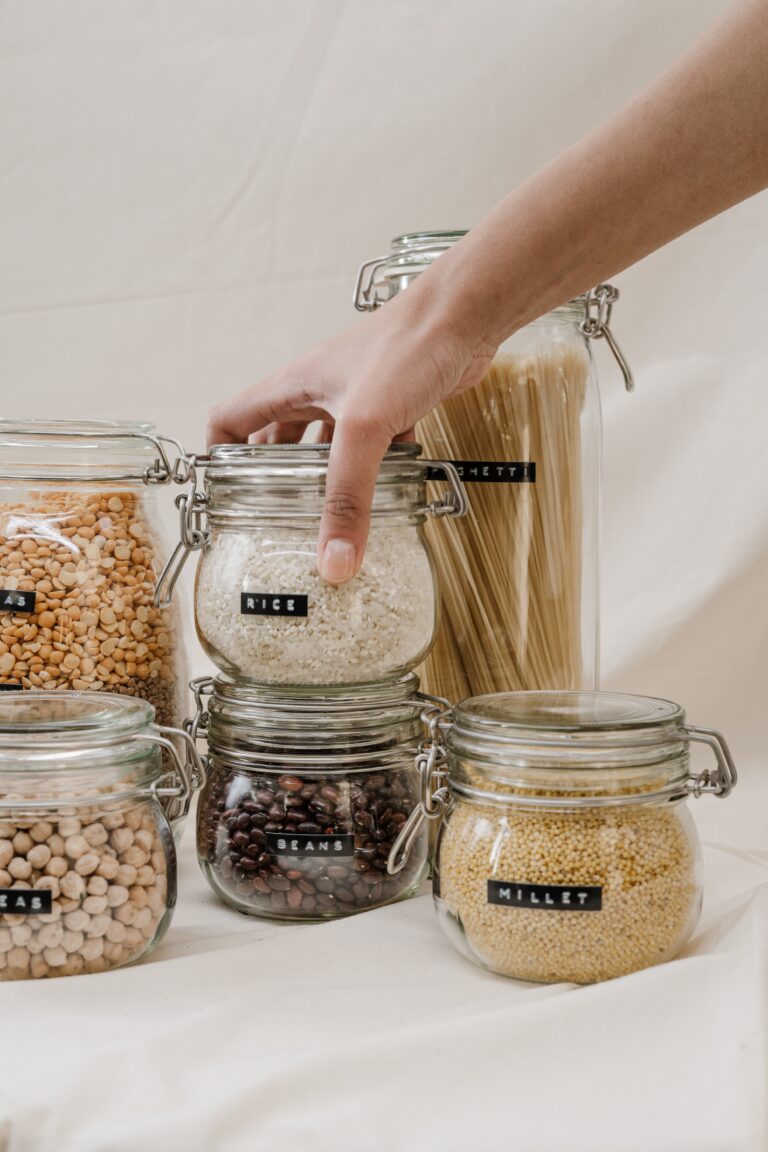
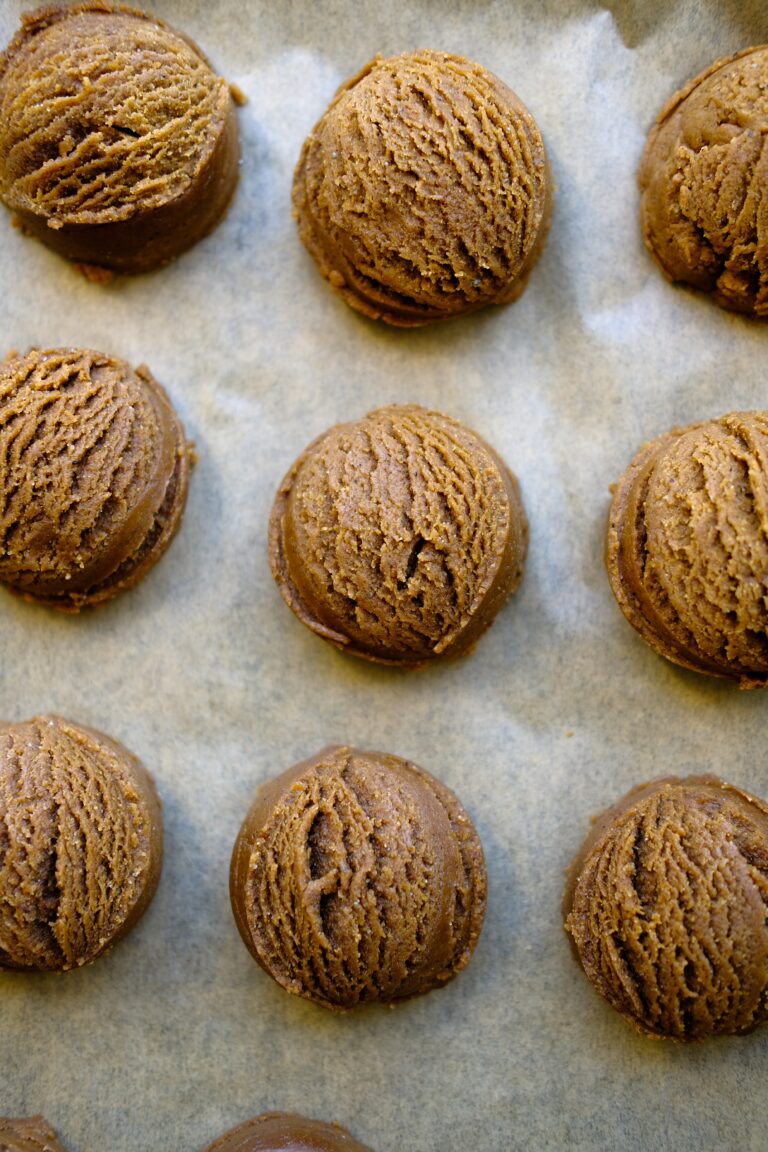

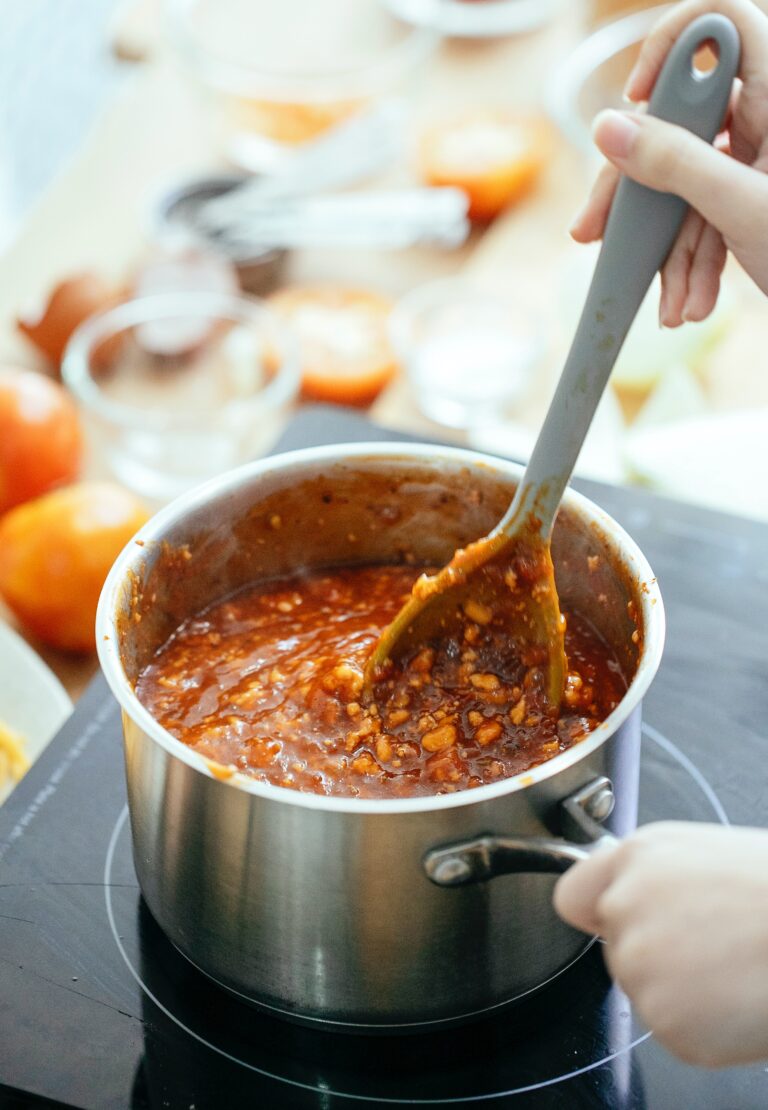
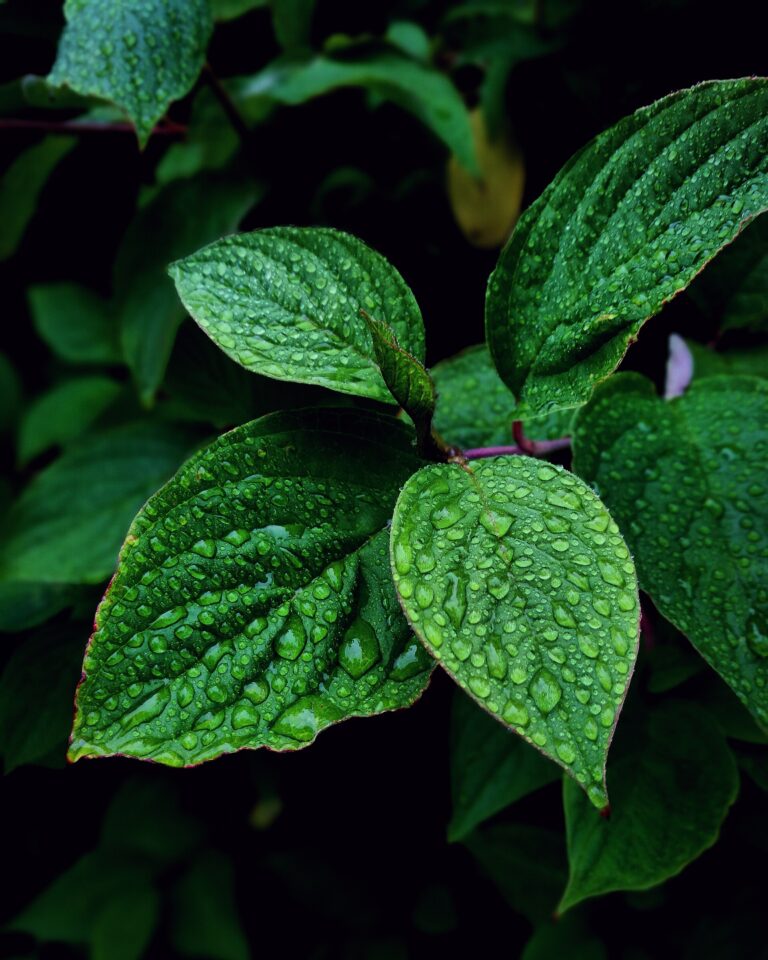
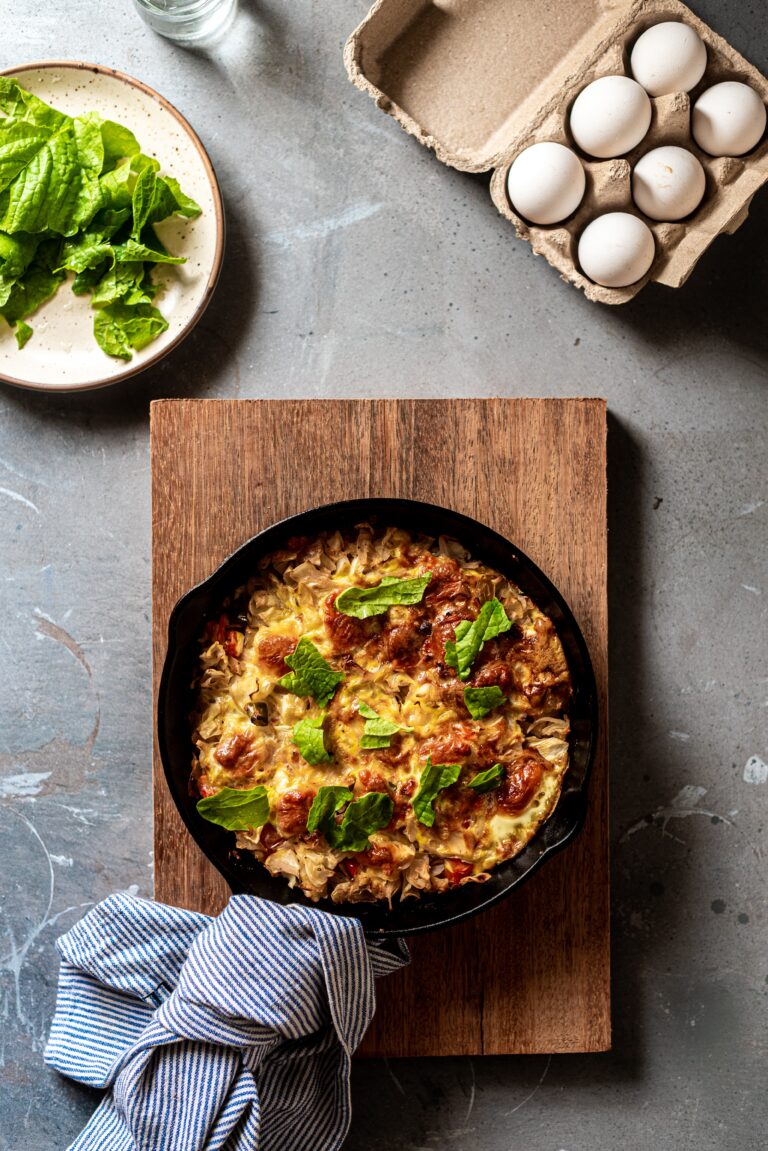
2 Comments